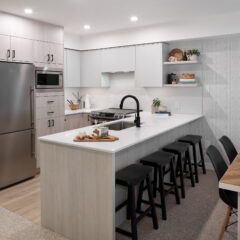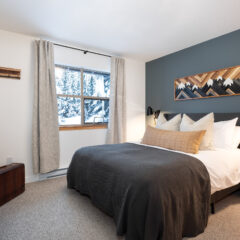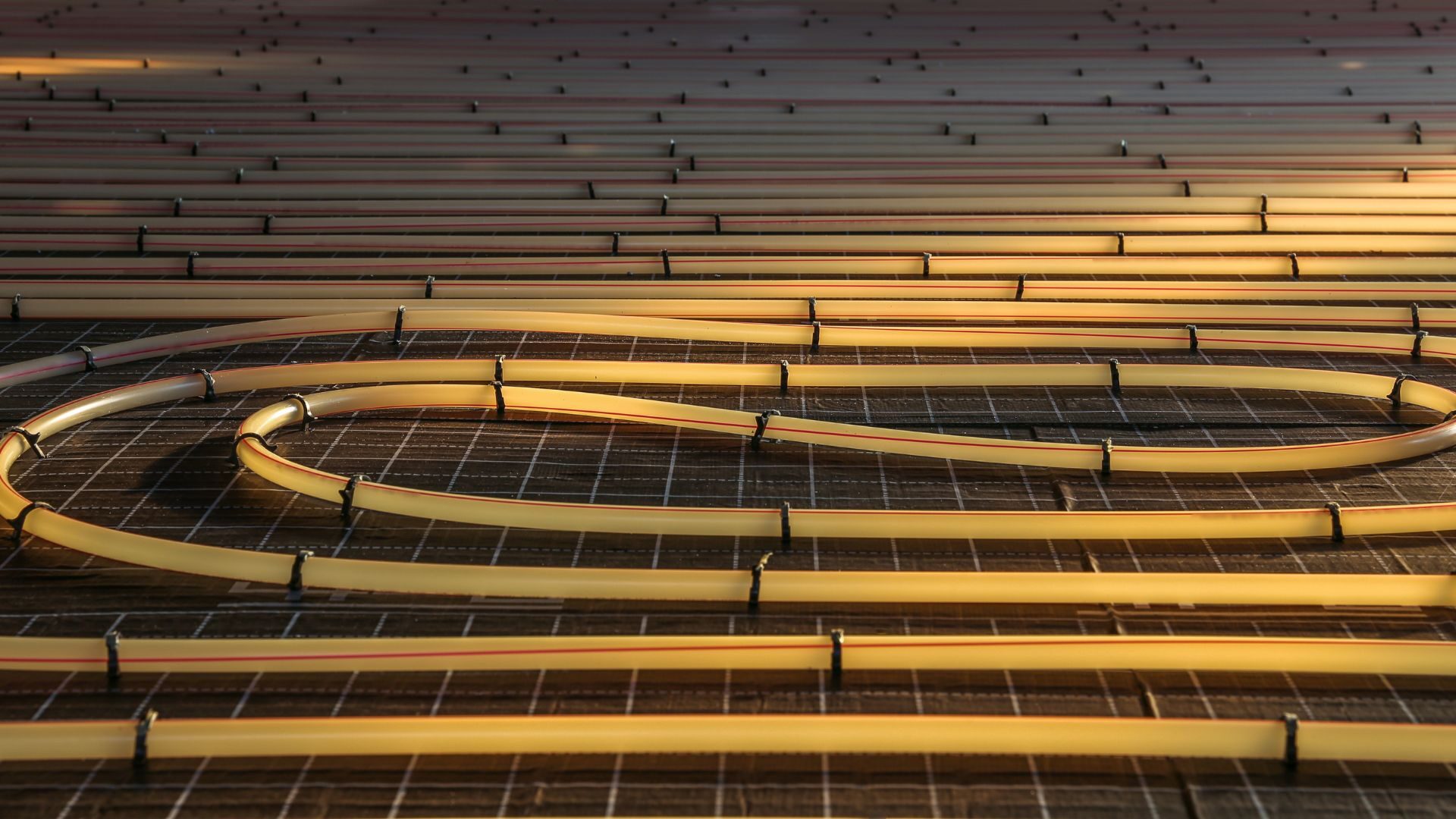Heated floors
Have you ever wished for a way to keep your feet cozy even during the coldest winters? Heated floors may just be the thing for you! Not only will they keep your toes toasty, but they’ll also add a sense of luxury that will make your home feel more inviting.
Heated floors are an increasingly popular choice for homeowners looking to upgrade their living space. Plus, they provide efficient heating while using less energy than traditional systems.
Are you planning bathroom renovation or any other home renovation? Heating floor systems might be a great addition to your project.
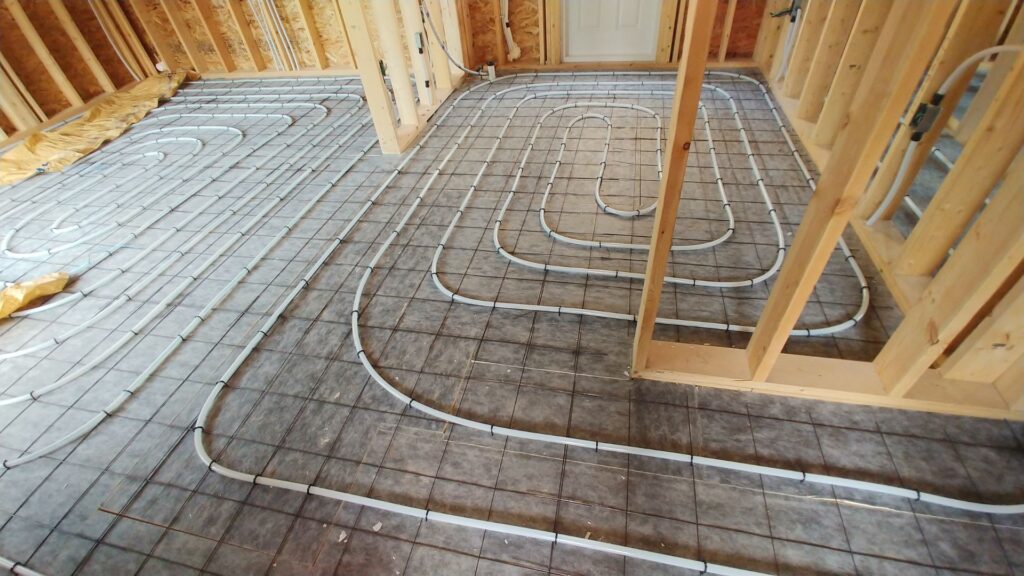
- Comfort and luxury
- Improved air quality
- Even heat distribution
- No cold posts
- Less dust and alergens
- Energy savings
- No overheating
What are heated floors
Home is a place you grow up wanting to leave, and grow old wanting to get back to.
JOHN ED PIERCE
Benefits of radiant heating systems
Heated floors can bring a unique level of comfort and luxury to any home. But beyond just providing comfort, there are many other benefits to having heated floors in your home.
Another advantage is improved air quality. With radiant heating, air is distributed evenly throughout the room with no cold spots or drafts. This means less dust and allergens.
Additionally, because the heat is coming from underneath rather than above, heating your home takes less energy – saving you money on your energy bill each month!
Heated floors also won’t overheat like other heating systems too, so you don’t have to worry about leaving them on while you’re away from home.
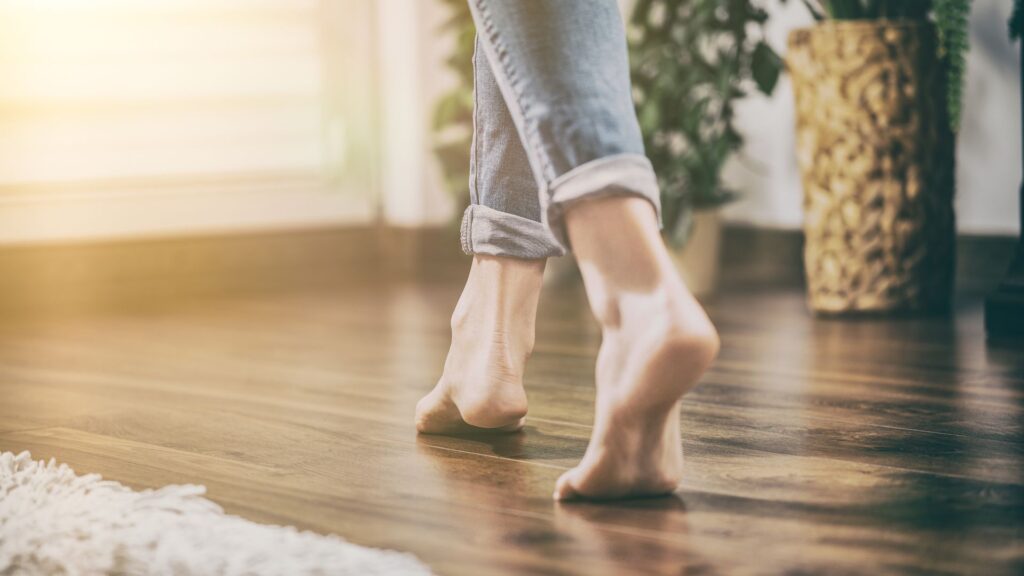
Disadvantages of radiant heating systems
While heated floors may be a great addition to your home, they are not a perfect solution for everyone.
Firstly, one of the most significant disadvantages is cost. Heated floors can be quite expensive to install, and you may need to hire professional help if you want them fitted correctly.
You also need to factor in ongoing maintenance costs – you’ll need to regularly check for any issues or malfunctions in the system, and this could prove costly over time.
Another potential downside is that heated floors can cause discomfort for some people with certain conditions or sensitivities. If you suffer from any type of skin condition or respiratory illness then the heat from the floor might be too much for you, causing irritation and exacerbating symptoms.
How does radiant floor heating work
The system consists of pipes or electric coils that are installed beneath the floorboards and connected to a boiler or electricity. The energy then circulates through these pipes or wires, which then radiates heat through the floor above.
Types of radiant heating systems
Electric radiant heating systems: In an electric radiant heating system, electric cables or mats are installed directly beneath the flooring material. When the system is turned on, the cables or mats heat up and radiate heat upward through the flooring material, warming the room. Electric radiant heating systems are typically easier and less expensive to install than hydronic systems, but they may be more expensive to operate over the long term.
Hydronic radiant heating systems: In a hydronic radiant heating system, hot water is circulated through pipes that are installed beneath the flooring material. The water is heated by a boiler or other heat source, and then pumped through the pipes to warm the floor. Hydronic systems are often more efficient than electric systems, but they are also more expensive and complicated to install.
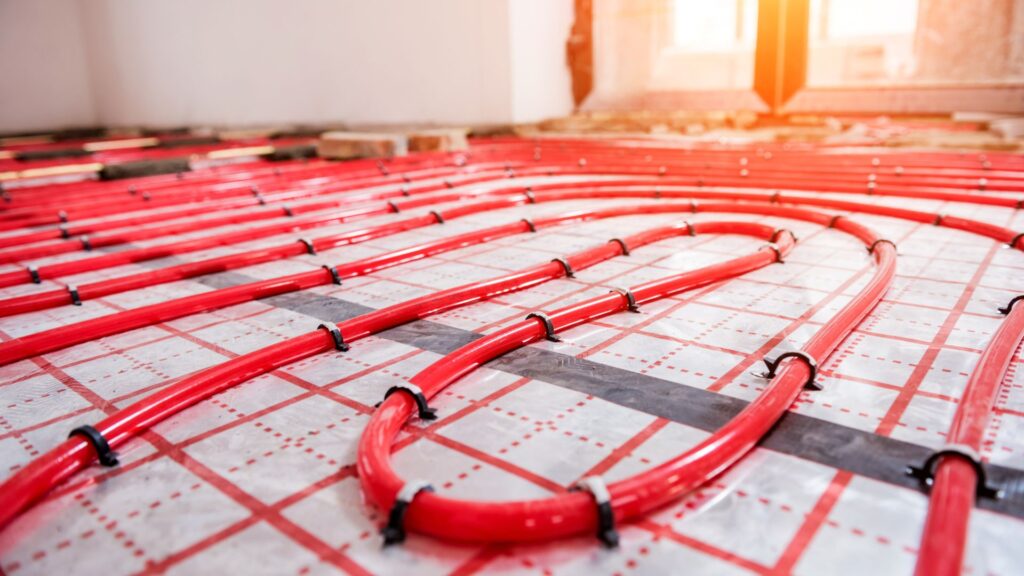
Best areas for radiant heating systems
Installing radiant heating in the right areas of your home can really make a difference in how well it heats up. The best places for radiant heating are areas that get a lot of foot traffic or have large windows that let in cold air.
Kitchens, bathrooms and entryways are all excellent choices as they tend to be cooler than other rooms and require more heat. It’s also important to consider the type of flooring you have in these areas, as some materials such as concrete can absorb more heat than others.
Are you planning a kitchen renovation? Consider adding radiant heating systems to your to do list.
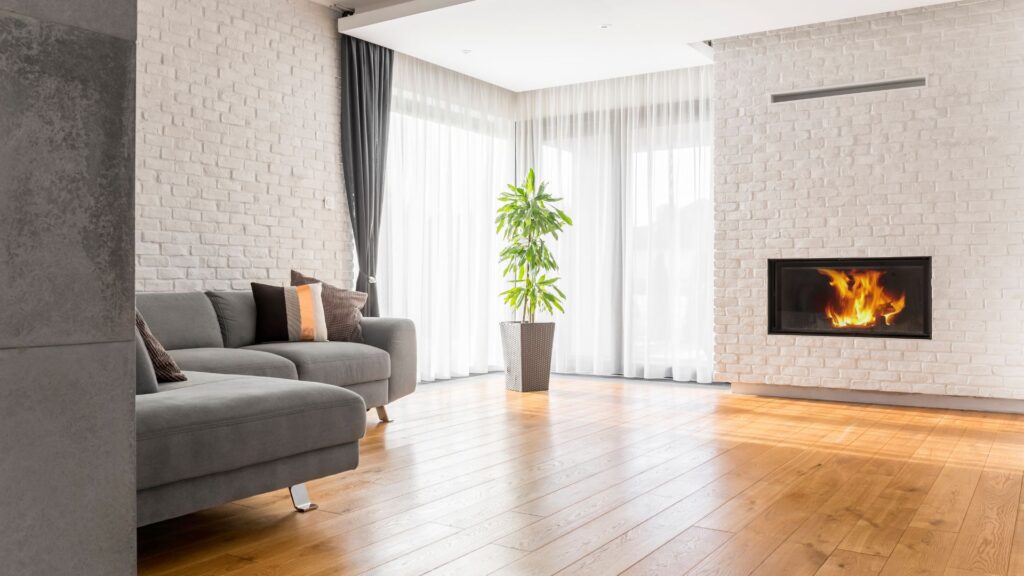
How to calculate radiant heating systems costs
- Determine the area to be heated: Calculate the square footage of the area to be heated. This will help you determine the amount of materials needed, as well as the cost of installation.
- Choose the type of system: Decide whether you want to install an electric or hydronic radiant heating system. The cost of these systems will vary, with electric systems typically being less expensive to install but more expensive to operate over time.
- Estimate the cost of materials: Calculate the cost of the heating panels, pipes, or wires needed for your system, as well as any additional materials needed for installation, such as insulation and a control system.
- Estimate the cost of installation: The cost of installation will vary depending on the complexity of the system and the experience of the installer. Get quotes from multiple contractors to determine the cost of installation.
- Consider ongoing costs: In addition to installation costs, consider the ongoing costs of operating the system, such as electricity or gas costs, maintenance costs, and the cost of replacing any damaged components.
Myths about radiant heating
Cost effectiveness. This simply isn’t true; radiant heating is actually more cost-effective than traditional HVAC systems in the long run. In fact, when you factor in energy savings over time, radiant heat can save you up to 40% on your utility bills!
Another myth about radiant heat is that it produces an uncomfortable amount of dust and allergens. But this isn’t true either – thanks to modern innovations like temperature regulation, dust and allergens are kept at a minimum with radiant heat systems. Plus, since the air doesn’t circulate like it does with traditional HVAC systems, the air in your home won’t be dry or stuffy either!
PRO TIP: Radiant heat not only offers energy saving benefits but also keeps your home comfortable all year round! Investing in this system can make your house a cozy sanctuary – perfect for relaxing after a long day!
What to check if floor heating stopped working
Radiant floor heating is a luxurious and comfortable way to enjoy your home, but what happens when it suddenly stops working? You may be wondering what the usual culprit is.
- Poorly installed wiring – this is often due to a lack of knowledge or experience on the part of the installer. We recommend hiring a professional contractor.
- Insufficient power supply – if there isn’t enough power being supplied to the system, then it won’t work properly. This could be due to an overloaded circuit breaker or a faulty transformer.
- Faulty thermostat – if your thermostat isn’t working correctly, then it will affect how your radiant floor heating operates. A faulty thermostat can lead to excessive heating or not enough heat being produced.
- Clogged pipes – if your pipes are clogged with debris, then they won’t be able to circulate hot water through them properly and you won’t get enough heat from your system.
- Leaks in the system – if there is a leak in the system, then it won’t be able to maintain pressure and you won’t get enough heat from your system.
- Faulty heating elements – if the heating elements in your system become worn out or damaged, then it won’t be able to heat up the water properly and you won’t get enough heat from your system.
- Improperly sized system – if your system is not properly sized to your home, then it won’t be able to heat up your home effectively and you won’t get enough heat from your system.
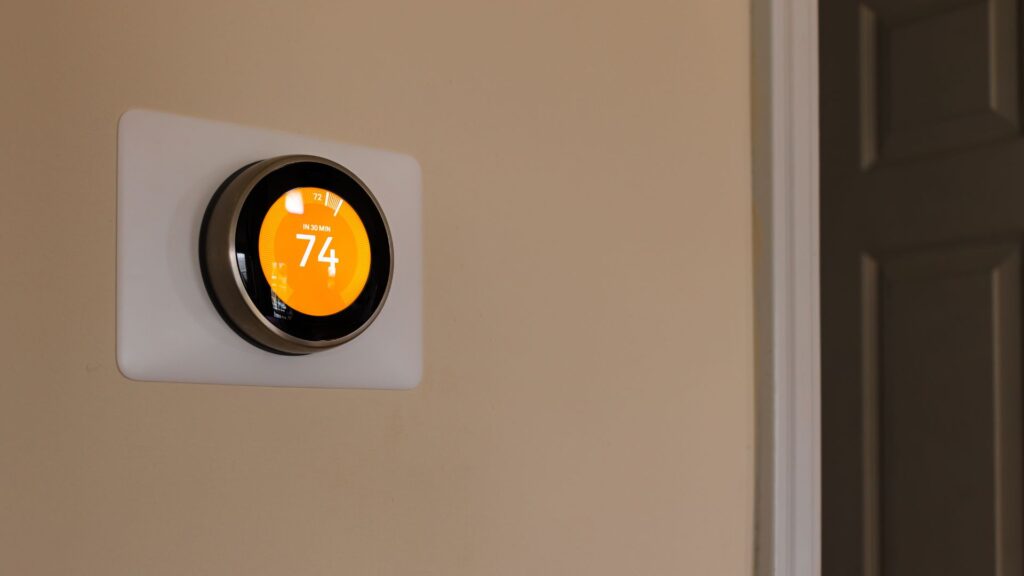
How long can a radiant heating system be left turned on?
A radiant heating system can generally be left turned on for as long as needed to maintain a comfortable temperature in the heated space. Unlike a traditional heating system that periodically turns on and off to maintain the desired temperature, radiant heating systems are designed to operate continuously at a lower temperature.
The length of time that a radiant heating system can be left turned on will depend on several factors, including the type of system you have, the size of the area being heated, and the desired temperature. In general, electric radiant heating systems can be left turned on for longer periods of time than hydronic systems, as they do not require as much energy to operate.
It is important to note that leaving a radiant heating system turned on for extended periods of time can increase energy costs, and may also put additional wear and tear on the system components. To minimize energy usage and extend the life of your system, it is recommended to use a programmable thermostat to regulate the temperature and turn the system off when it is not needed.
Suitable floor coverings for floor heating systems
Having the right floor covering is key to making sure you get the most out of your radiant heating system. So what’s compatible? Well, let’s take a look.
There are several different types of floors that work well with radiant heating systems. Hardwood and laminate are both great choices as they can absorb heat quickly and efficiently. Carpeting is also an option, but you’ll want to make sure it has a low pile so that it won’t block the heat from radiating out into the room. Vinyl and tile are also popular options as they don’t absorb much heat and can provide a nice cooling effect when paired with a radiant heating system.
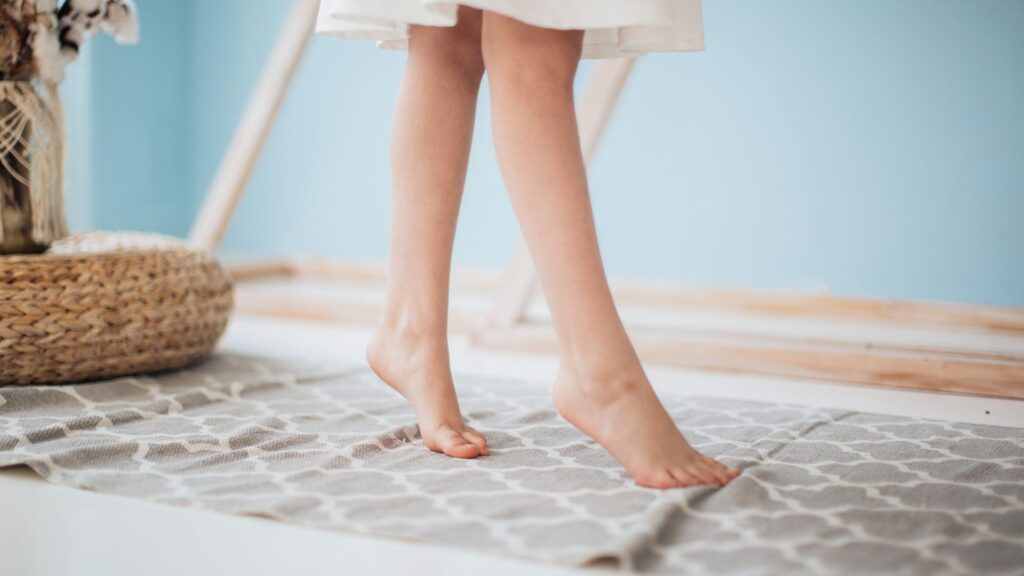
Conclusion
In conclusion, floor heating systems are an excellent option for homeowners looking to improve the comfort and energy efficiency of their homes. Not only do they provide even heating throughout the space, but they also eliminate the need for unsightly radiators or vents. Whether you’re renovating your entire home or just looking to upgrade your heating system, floor heating systems are definitely worth considering.
If you’re interested in having a floor heating system installed in your home, don’t hesitate to contact Fresh Home Renovations. Our team of experts can help you choose the right system for your needs and budget, and ensure that it’s installed correctly for optimal performance.
Contact us today to schedule a consultation and learn more about how we can help you improve the comfort and value of your home.





